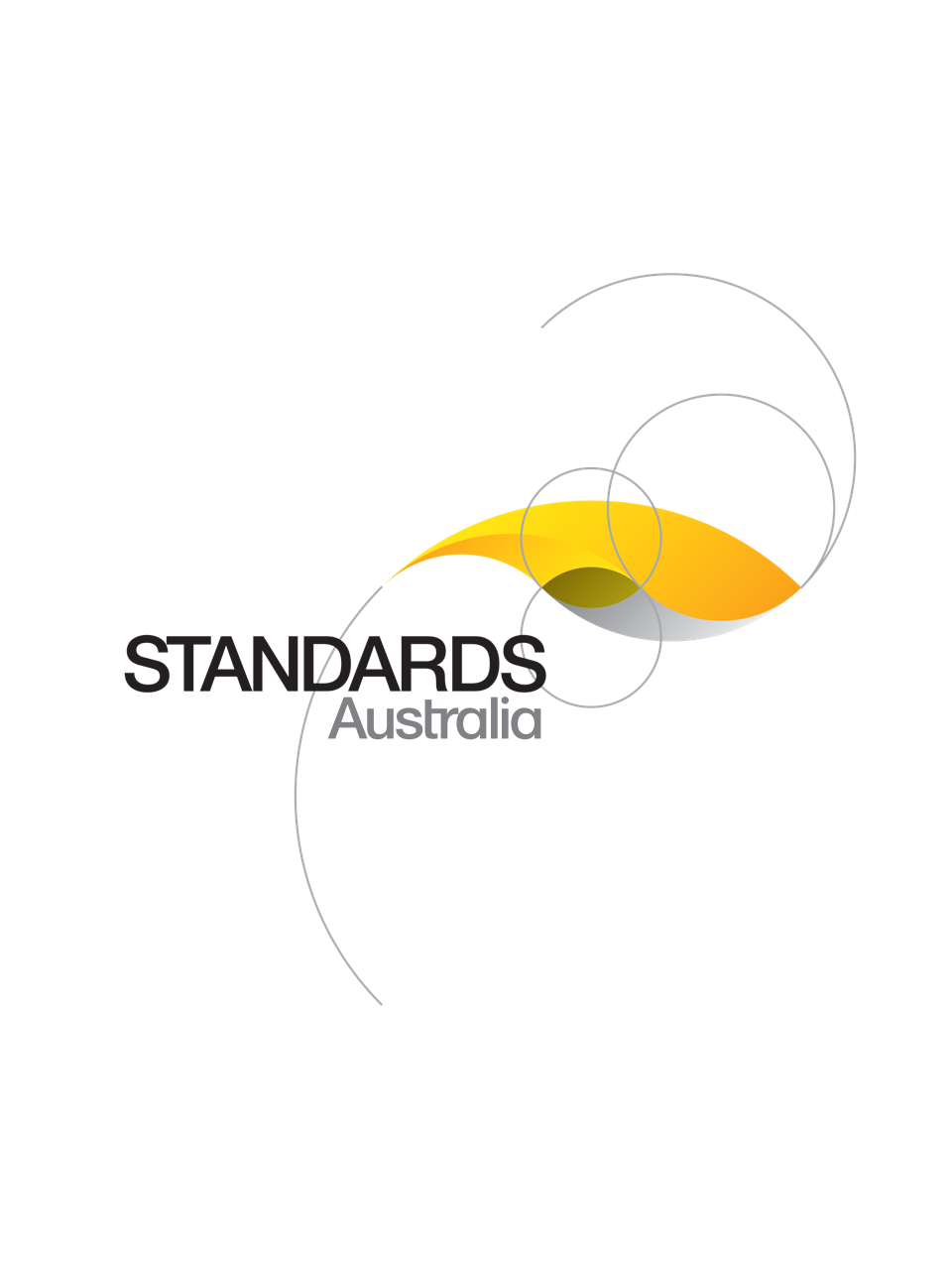Standard
Track updates
AS 2550.7:2024
[Current]Cranes - Safe use, Part 7: Builders’ hoists and associated equipment
AS 2550.7:2024 provides requirements for the safe use of builders’ hoists and associated equipment
Published: 13/12/2024
Pages: 37
Table of contents
Cited references
Content history
Table of contents
Header
About this publication
Preface
1 Scope and general
1.1 Scope
1.2 Normative references
1.3 Terms and definitions
2 Planning
2.1 General
2.2 Planning activities
2.2.1 General
2.2.2 Matters to be considered during planning
3 Selection
3.1 General
3.2 Information to be supplied with enquiry, order or request for hire
4 Siting
4.1 General
4.2 Hoist location
4.2.1 General
4.2.2 Wind
4.2.3 In-service conditions
4.2.4 Proximity hazards
4.2.5 Environmental factors
4.2.6 Underground services
5 Out of service operation
5.1 General
5.2 Twin car installation
5.3 Busbar installation
5.4 Access under hoist
5.5 Working off hoist other than works being completed for the hoist
6 In service operation
6.1 General
6.1.1 Management
6.1.2 Operation
6.2 Load distribution
6.3 Hoist control in high wind
7 Additional in service operation requirements for specific hoist types
7.1 Material hoists, transport platforms, formwork hoists and concrete skip hoists
7.1.1 General
7.1.2 Personnel access onto a hoist
7.1.3 Prohibition of riding on the hoist
7.1.4 Viewing the moving platform and hoisted loads
7.2 Personnel and material hoists
7.2.1 General
7.2.2 Emergency operation and access
7.2.3 Personnel access onto a hoist
7.2.4 Prohibition of riding on the hoist car roof
8 Personnel
8.1 Hoist operator
8.2 Rigger
8.3 Service technician
9 Maintenance, inspection, testing and repair
9.1 General
9.2 Pre-installation (pre-hire) inspections
9.3 Commissioning inspections
9.3.1 General
9.3.1.1 General requirements
9.3.1.2 Tests and inspections to be completed at commissioning
9.3.1.2.1 General
9.3.1.2.2 Materials only hoists with capacity under 800 kg
9.3.1.2.3 All other hoists
9.3.1.3 Requirements for tests completed prior to delivery
9.3.1.4 Replacement of safety device after commissioning
9.3.1.5 Inspection and testing checklists
9.3.2 Function tests
9.3.3 Installation checks
9.3.4 Brake test
9.3.5 Rated load test
9.3.6 Overspeed (drop) test
9.4 Height increase inspection
9.5 Pre-operational (daily) inspection
9.6 Routine maintenance inspections
9.6.1 General
9.6.2 Monthly maintenance inspections
9.6.3 Annual maintenance inspections
9.7 Major inspections
9.7.1 General
9.7.2 Inspection type 1
9.7.3 Inspection type 2
9.7.4 Inspection type 3
9.7.5 Inspection type 4
9.7.6 Frequency of major inspections
9.8 Safety gear inspection and recertification
9.9 Logbook
Appendix A
A.1 General
A.2 Typical inspection and testing checklist formats
Appendix B
B.1 Hoist rigger skills matrix
B.2 Assessment process
B.2.1 General
B.2.2 Example of acceptable expertise
B.2.3 Examples of calculation scores
B.2.3.1 Example 1 — New scaffolder
B.2.3.2 Example 2 — Experienced scaffolder
B.2.3.3 Example 3 — Basic rigger with some experience
B.2.3.4 Example 4 — Basic rigger with experience
B.2.3.5 Example 5 — Advanced rigger with experience
B.2.3.6 Example 6 — Intermediate rigger with extensive experience
Appendix C
C.1 Weather conditions
C.2 Preparation
C.3 General
C.4 Example training certificate
Cited references in this standard
